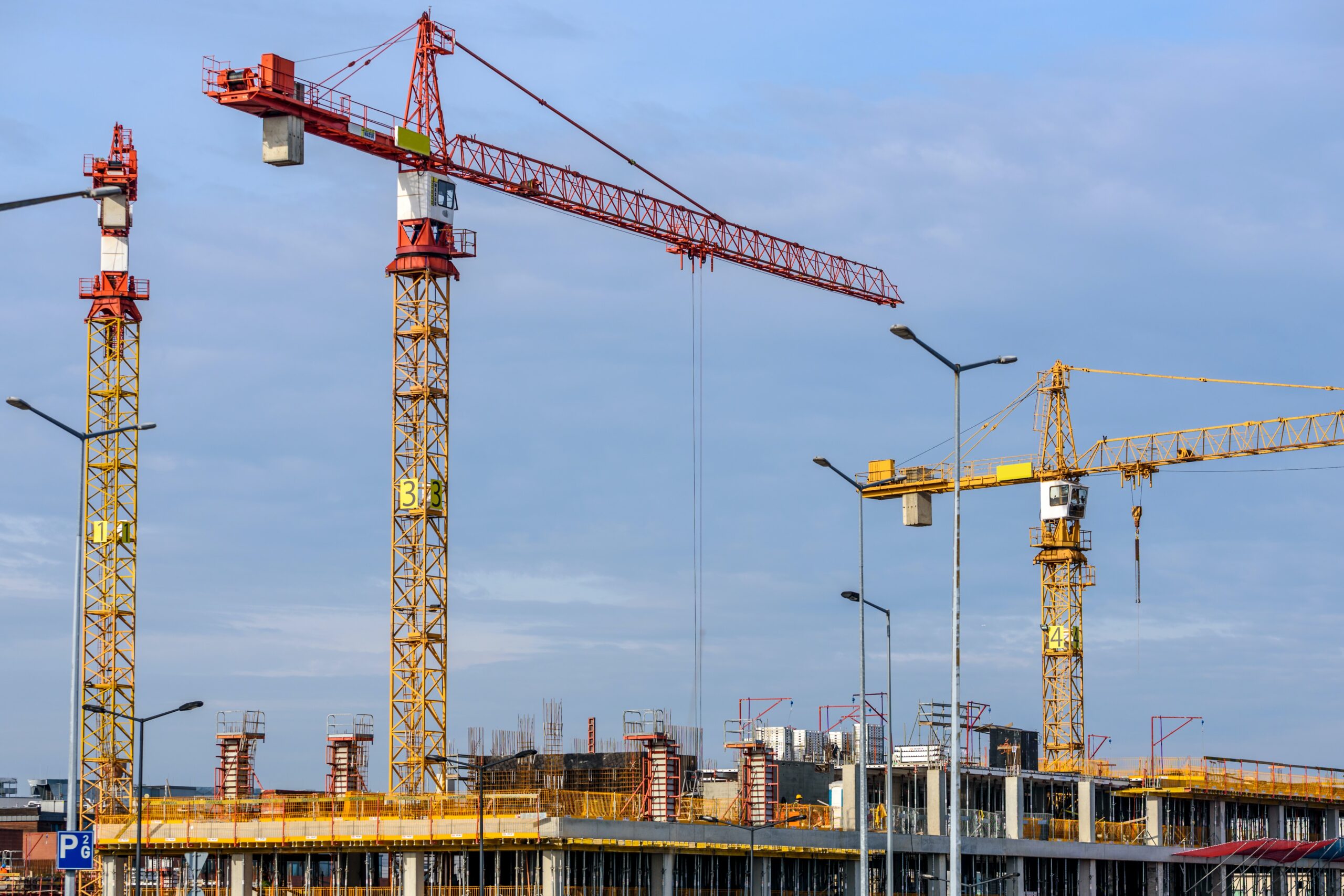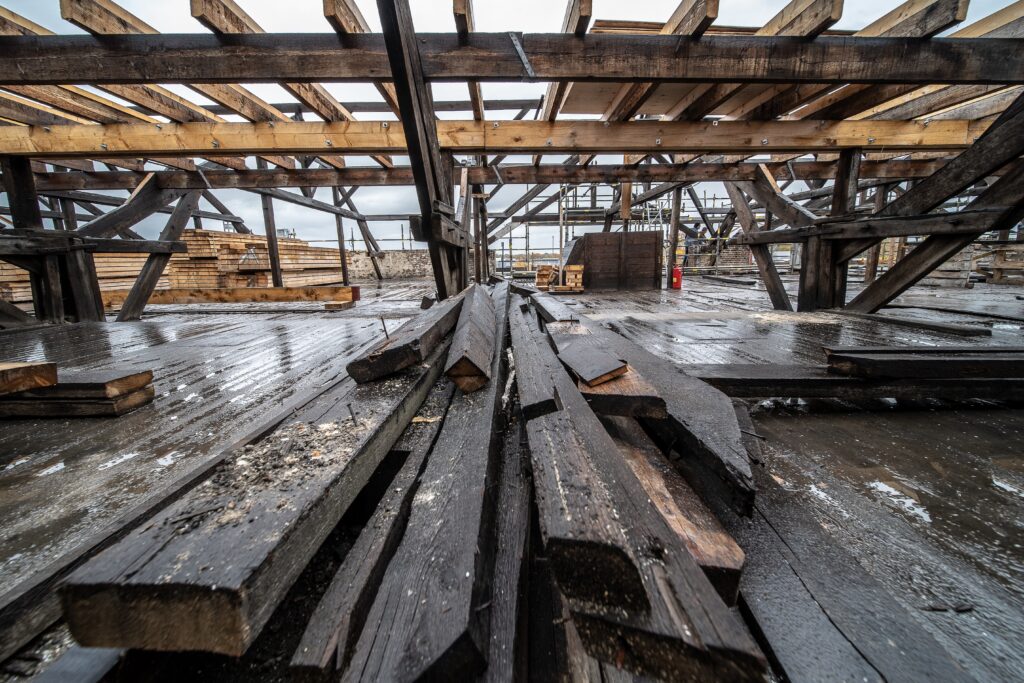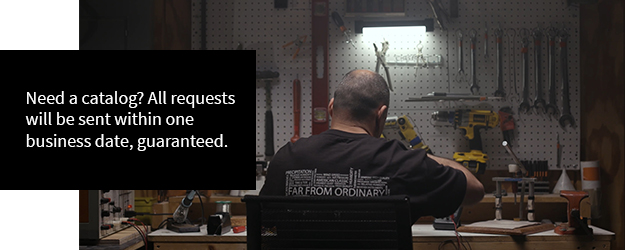Why You Should Consider a Construction Site Weather Station

Safety is the top priority for employers and most companies prepare for typical workplace hazards by using protective equipment meant to prevent risks such as slipping, falling, and pinching. However, with the recent increase in deaths on the job due to extreme weather events, federal and state governments are now working to promote preparation for weather-related hazards as well. Workers outside or within the agriculture, construction, and factory industries are some of the most at risk for weather-related injuries. Monitoring a real-time weather station on a job site is one of the most important improvements that can be made to protect employees from these dangers.
Worker Safety Regulations
The Occupational Safety and Health Administration (OSHA) has weather guidelines that require a business to maintain a safe working environment through extreme heat, cold, or natural hazards. Whether on a job site located outside, in a factory, or in a building, it is the responsibility of the employer to adhere to OSHA safety guidelines and make the necessary preparations to protect employees. Failure to adhere to OSHA guidelines can endanger employees, resulting in huge fines, shutdowns, and unemployment.
How Does Weather Affect Construction and Construction Workers?
There are several weather-related risks that face individuals throughout every workplace, including extreme heat, extreme cold, and severe weather.
- Extreme Heat. High temperatures, combined with high humidity, create extremely dangerous working conditions that lead to thousands of heatstrokes and numerous deaths each year.
- Keep construction equipment out of the sun. This can make a significant impact on lowering temperatures. For example, when equipment is not being used, leaving it outside, may cause parts to be damaged. Moving the equipment into a storage room or shaded area will shield it from direct heat, leaving it less likely to break down from exposure. Shielding equipment with tarps can also reduce direct heat exposure.
- Avoid using equipment during peak hours. During the hours from 10 am – 3 pm, the sun is most intense and engines or radiators for heavy equipment are more likely to overheat or get damaged.
- Extreme Cold. Prolonged exposure to cold temperatures can lead to hypothermia, frostbite, and even death. Working during harsh winter conditions can also lead to serious injury due to slipping, overexertion, or complications during travel.
- Building Collapse. Concrete does not dry as well in cold weather. In fact, concrete is more likely to freeze before it dries, which will weaken it permanently. As a result, a building could collapse as construction workers are trying to work on it.
- Mistakes in Judgment. Extreme cold can have a disorientating effect on people. A cold construction worker could make a mistake that they otherwise wouldn’t if they were sufficiently warm.
- Slip and Falls. Surfaces become slick in cold weather. Rainwater can freeze when temperatures drop after a storm. Consequently, workers can slip and fall on the same level or from a height. Slip and falls can also be caused by snow, sleet, or ice.
- Motor Vehicle Accidents. Slick road conditions also lead to crashes as vehicles skid and fail to stop. There are many large vehicles operating at a construction job site, from forklifts to cement trucks. Any one of these vehicles could go out of control and crash into a construction worker.
- Adequate Protection for Construction Workers in the Cold. Though cold weather is unavoidable, employers still retain responsibility for trying to mitigate some of the worst effects of cold weather.
- Severe Weather. Businesses are required to prepare for storms, high winds, and lightning that will make outdoor work and travel dangerous and are suggested to cease all nonemergency work during these events.
 Benefits of a Construction Site Weather Station
Benefits of a Construction Site Weather Station
There are many benefits to installing an on-site weather monitoring system, including improved worker safety, cost reduction, increased job efficiency, and increased worker satisfaction.
When the weather is monitored at a construction site, working conditions are safer because activities can be suspended during dangerous winds. Weather forecasts provide a general outlook, but you have no way to predict a sudden gust of wind-based on them. Weather monitoring also prevents damage to the project itself since components that are easily blown away can be secured.
Final Thoughts
Installing an advanced on-site weather monitoring system is one of the most important improvements that can be made to protect employees from inevitable natural dangers. Whether outside or in a building, it is the responsibility of the employer to adhere to safety guidelines and make the necessary preparations to protect employees from conditions like extreme heat or cold, high winds, or severe weather.
If you’re interested in commercial weather stations and weather instruments for the construction site, contact our sales representatives today and we’ll be happy to assist or answer any questions!


